
ONE:
This is a one litre bottle of water.
Read the rest of this page »
Last night saw the live final of TV Talent Show Britain’s Got Talent. The evening’s second most popular act “X” was a masked magician, presumably named “X” in homage to his love of the algebraic symbol used to represent the unknown. Viewers of a mathematical persuasion will have noticed that runner-up “X”‘s big magic trick of the evening used not sleight of hand, but rather sleight of mathematics. The voting general public were impressed enough to make X the evening’s runner-up, losing out only to octogenarian singer Colin Thackeray.
Here’s a photo of the act in progress:
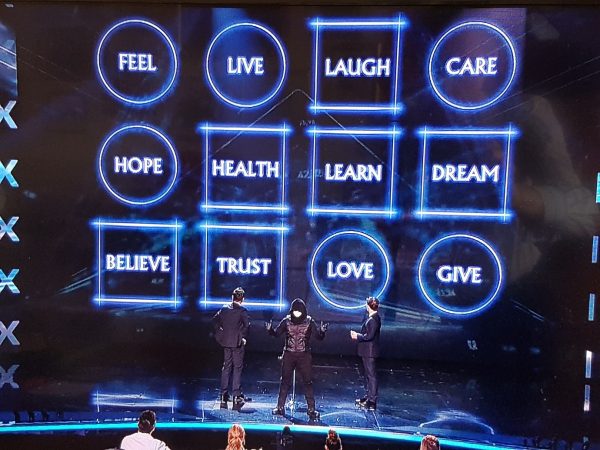
The mathemagician can now demonstrate “mind-control” as follows:
Start at any circle
Move left or right to the nearest square.
Move up or down to the nearest circle.
Move diagonally to the nearest square.
Move left or right to the nearest circle.
Are you now on HOPE? Yes, I thought so!
I’ll not spoil your fun – see if you can work out for yourself how this trick works!
Star polygons are beautiful mathematical objects, a juxtaposition of maths and art. They’re also really easy to make: as an example here is a {5,2} Star Polygon. The first number tells us to start with 5 points (“vertices” or in the singular “vertex“) in a circle. It’s convenient to number them 0, 1, 2, 3, 4. (You can label them 1, 2, 3, 4, 5 if you prefer). The second number tells us which points to connect: you count on 2 places each time. So start at 0, join to 2, then 4, then 1, 3 and finally back to 0: the star is complete! Note that arithmetic behaves quite unusually when creating a star polygon: for example 4+2=1. Mathematicians call this modular arithmetic and it crops up all over the place, most obviously on clocks (e.g. 10 o’clock + 5 hours = 3 o’clock!!).
Read the rest of this page »
1. “A PAIR OF COMPASSES”: does not mean you should use two of them! Same comment applies to wearing a pairs of trousers or glasses.
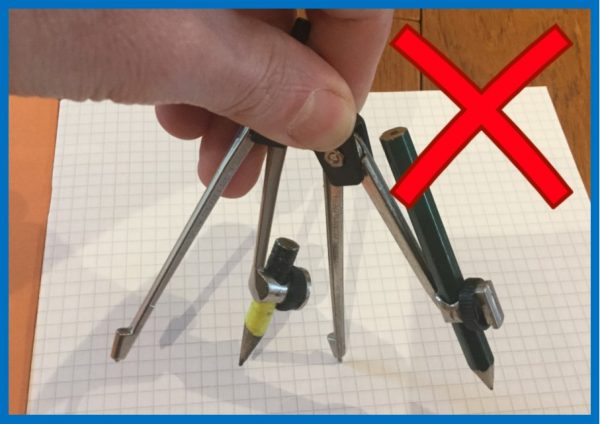
2. USE A TEENY WEENY PENCIL: Long pencils get stuck against your hand and prevent the compass moving properly, but a tiny stubby pencil can stay in the compass without getting entangled in your pencil case. If you snap a small piece off the end of another pencil and resharpen the end your Mum will probably not notice. I’ve been using the same compass pencil for years, and it still has plenty of length left.
Read the rest of this page »
A Pythagorean Triple is a set of three positive integers (whole numbers) that satisfy Pythagoras’ Theorem
Read the rest of this page »
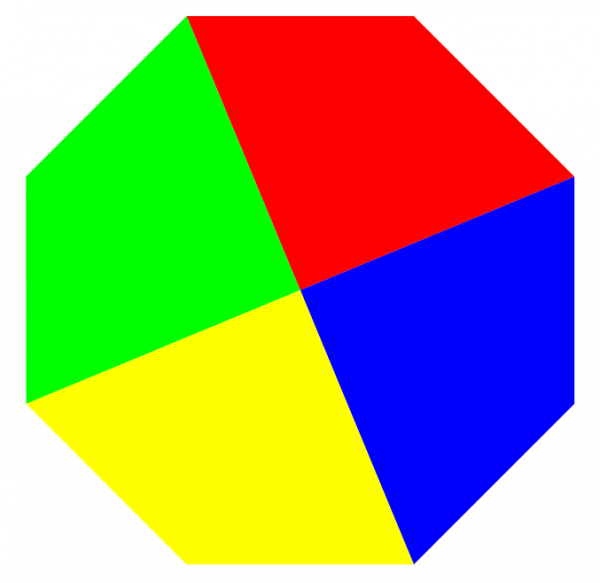
OCTAGON-INTO-QUADRILATERALS
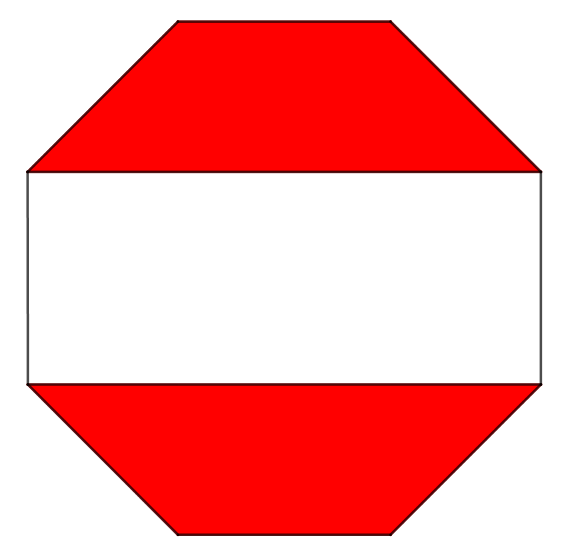
WHAT FRACTION IS SHADED RED?
“Geometry” is a posh word for “shapes”. Here are two fun geometry puzzles for you, inspired by a question form the UK Mathematics Trust Challenge. Anyone can play, even non-mathematicians:
Read the rest of this page »
INTRODUCTION: imagine a tightrope walker: she can only change her position in one direction: forwards & backwards, so we need just one number – how far along the rope she is – to specify her position. That’s one dimension!
Now picture an ant crawling on a tabletop: the ant can crawl forwards & backwards or left & right, and we now need two numbers (e.g. the ant’s horizontal and vertical distance from a particular corner of the table) to pinpoint exactly where the ant is. That’s an extra degree of freedom: two dimensions!
And finally, picture yourself wearing a jetpack: you can now move freely in all three of our spatial dimensions: forwards & back, left & right, AND up & down. Three numbers are now required to describe your position at a given time e.g. latitude, longitude and altitude. That’s three dimensions!
If you think that sounds fun, imagine how cool it would be if there was a fourth, new direction in which you could also travel! What would 4-dimensional space look like, and what sort of shapes would inhabit it?
Read the rest of this page »
SUGGESTED LEVEL: UPPER SECONDARY
Below is a hierarchy of increasingly dramatic (and mathematically complicated) systems for a reality TV competition such as “Britain’s Got Talent” or “Strictly Come Dancing” to announce their competition winner. Just one rule is needed for creating each system of announcements from the previous one: in mathematics this concept is referred to as RECURSION.
Confused? Let’s see how this would work in practice:
Read the rest of this page »
This is Giants Causeway on the North Coast of Northern Ireland, famed around the world for its awe-inspiring hexagonal stone plinths. Incredibly, the stones are built not by a genius mathematician or engineer but by mother nature. In this article I’ll explain how it is that nature can afford us such a beautiful display.
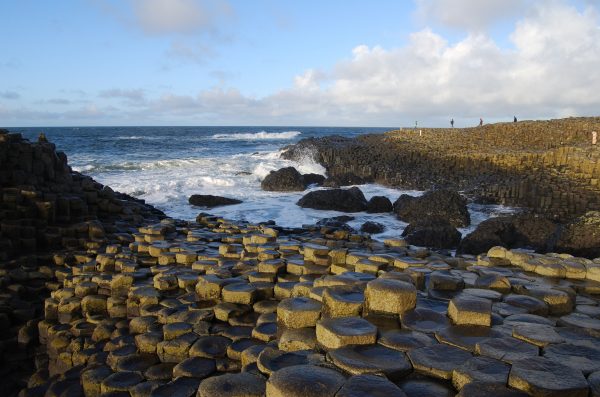
The plinths here are in fact igneous basalt columns, created when molten lava comes up from inside the earth and cools. As the rock cools it contracts, and this changing shape means that as it solidifies the rock must crack to release the pressure (similar to the way that an ice cube warms, contracts and cracks when you put it into your drink).
Read the rest of this page »
Here are a couple of pairs of deuces:
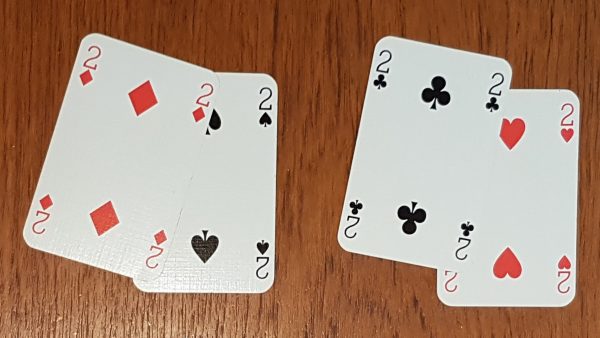
CONTINUED FRACTIONS: consider this fraction:
Read the rest of this page »